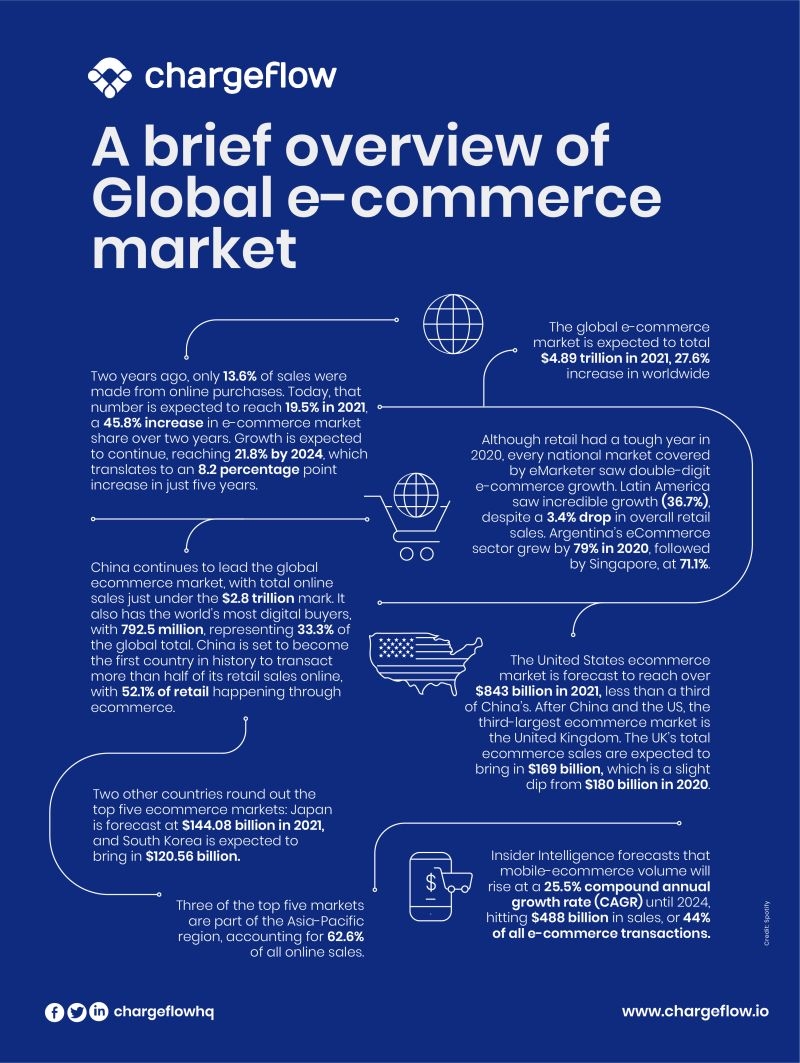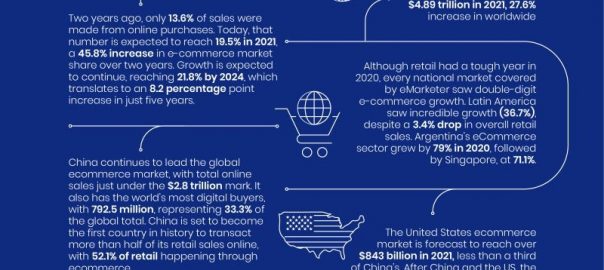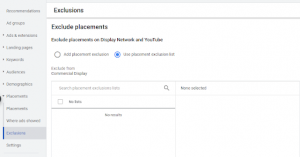Here are some numbers that might be of interest:
- The subscription economy has seen an uptick of nearly 6x (over 435%) over the last 9 years, according to Zuora.
- 78% of international adults currently opt into subscription billing as compared to 71% in 2018. And 75% believe that in the future, people will subscribe to more services and own less physical ‘stuff’.
- Subscription publishing companies in the SEI grew revenue by 16% in 2020.
- Analysts at UBS predict that the subscription economy will expand into a $ 1.5 trillion market by 2025 (up from $ 650 billion in 2020). That’s an average annual growth rate of 18%.
If you’re not plugging into the subscription economy right now, you might be overlooking one of the fastest-growing industries of the digital economy. Take note of the above data. Those are huge telling numbers.
But, of course, the subscription billing model is not without its challenges. Industry estimates clearly show that subscription businesses attract 3-10 times more chargebacks than other e-commerce businesses.
For this installment of our exclusive, actionable hacks, we tear down the subscription billing model. The insights in this article will help you weigh the pros and cons effectively and 10x your revenue.
What is subscription billing or recurring billing?
Subscription-based pricing is a mechanism that allows the merchant to bill customers automatically. The subscription model is one of the most consistently lucrative business models in the digital economy.
As one thought leader noted, “because subscription companies focus on creating strong lifetime customer value (LTV), they naturally accrue the benefits of that model: limited revenue volatility and stronger cash flow.”
Customers, especially millennials, love recurring transactions because they make products more affordable and easily purchasable. The consumer has the comfort to “set and forget” their recurring transactions. A survey by McKinsey & Company states that 46% of customers already pay for an online streaming service, and 15% have subscribed to an e-commerce service within one year of the survey. And 44% of consumers agree that subscriptions provide better value for money than other payment options for a similar service or product.
It’s not just consumers who are leading the Subscription Economy charge.
If you’ve ever wondered why subscription services work, it’s because they help businesses capitalize on the compounding value of their customer relationships.
As customer acquisition cost continues to clip upward, more and more corporations embrace the subscription billing model to ensure predictable revenue and sustainable cash flow. Think of how Netflix subscriptions replaced DVD collections, and Spotify is now the new CD shelves. That’s why a brand like GoPro and Adobe pivoted to the subscription economy. Meanwhile, companies such as Ipsy, FabFitFun, flex, Dollar Shave Club, Stitch Fix, Masterclass, and BoxyCharm offer customers anything they can think of, straight to their doorsteps or inbox regularly.
These companies understand that subscription billing is not only helping position them for long-term success, but it’s also the most reliable way to continue adding value for customers. But there’s more. Subscription billing gives businesses access to deeper customer insights. When harnessed correctly, that insight can help you reduce your churn rate and increase scalability.
On the flip, the subscription economy has vital inherent challenges as well. The good news is that these risks are manageable if you make them a priority.

The customer’s initial transaction sets the tone of the relationship.
The pivotal step in avoiding the mishaps of a recurring billing model is to ensure an alignment of product, pricing, positioning, and incentives.
Executing that strategy requires care and attention to detail. More so in light of the developing rules and industry standards on data security. Visa and MasterCard recently issued a new set of rules on how merchants should handle stored cardholder information.
In that sense, immediately after the cardholder has subscribed to your recurring billing plan, you must take distinct steps to comply with the new rules. For instance, you must request the cardholder’s permission to store their data before processing the first recurring transaction.
Visa’s rules require that you should take the following steps:
- Provide full disclosure to cardholders on how the stored credentials will be used.
- Notify cardholders whenever changes are made to the terms of use.
- Inform the issuer (by conducting a transaction) that payment credentials are on file.
- Identify transactions with appropriate indicators when using stored credentials.
You have to process the customer’s first transaction like any other CNP transaction. Hence, the initial transaction is crucial. Be sure to obtain AVS and card security codes with the authorization request. Equally important, make sure that your checkout is waterproof as well. You can use 3-D Secure technology to provide an extra layer of security.
In the case that no dollar-rated transaction took place when you collected the consumer’s data, then you’ve only got to submit an account verification request (basically, a transaction for $ 0.00).
Be sure to add the following details to the first sales receipt:
- The phrase “recurring transaction”
- A transparent payment schedule depicting the timeline and frequently of deductions
- How long the payment plan will be, that is how long you will charge the customer for each transaction
Finally, don’t forget to secure authorization for the recurring billing and store that data for the entire duration of the business. That’s additional to the standard card-not-present processing techniques.
The spike in the subscription billing model comes with an increased chargeback rate.
Recurring billing chargebacks often cancel the fantastic benefits of the subscription business model. Industry data put the rate of chargebacks for subscription merchants offering digital goods at an average of 3.25 percent. And for merchants offering tangible products, the subscription chargeback rate is on an average of 2.25 percent. That’s why payment processors see merchants with the subscription business model as high-risk businesses.
Be it a result of customers exploiting the chargeback mechanism to “get something for nothing” or legitimate merchant error, subscription chargebacks decrease revenue and increase headaches for merchants.
The following are proven best practices you can use to reduce the risk of subscription billing chargebacks.
#1: Be clear about service terms and ensure the cardholder understands what they’re buying into before signing up for the recurring billing.
#2: Be transparent and avoid underhand business practices by disclosing extra fees or service restrictions the customer should keep in the note.
#3: Make it easy for the cardholder to opt out if they want to. And do not forget to submit expiration dates with each authorization request.
#4: Identify every subscription transaction appropriately in your billing, and notify customers at least 10 days about an impending billing so that they’re not taken by surprise.
#5: Comply with data security standards and PCI-DSS protocols to ensure that data is adequately used and not store card security codes with the other account information.
#5: Make it easier for the cardholder to communicate with you and not their bank. Keep your policies where they can find them and be responsive to customer requests.
#6: Go a step further with chargeback automation to thwart fraudulent chargebacks and stop revenue leakage.
And there is no end in sight. The subscription billing business model is growing. The opportunities it offers are not limited to SaaS products and subscription boxes. As more verticals continue to adopt the subscription business model, the need to manage chargebacks effectively gets more significant. So does the need to optimize incentives and progressively align price points.
Originally published here.
Digital & Social Articles on Business 2 Community
(105)
Report Post








